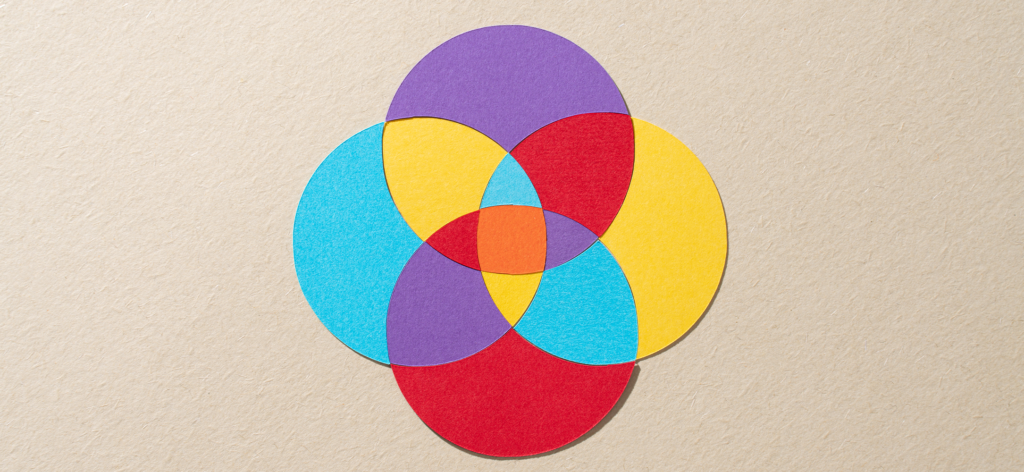Consumers have big expectations of the brands they engage with today, and they won’t settle for generic experiences. Instead, they want brands to understand who they are and deliver personalized experiences across channels that meet their needs. To do that, brands need data that helps them understand their customers intimately.
Enter zero-party data.
Coined by Forrester Research, zero-party data is data that your customers intentionally and proactively share with you in exchange for something of value. The most common zero-party data is preference data, including information such as contact methods, interests, preferences, favorites, etc. But it can also include other data from quizzes or surveys.
How Zero-Party Data Differs From First, Second, and Third-Party Data
While there is an increased focus on zero-party data, it’s not the only type of data available. It’s essential to understand the differences between customer data types, because they all play unique roles when delivering a great customer experience.
First-Party Data (1P Data)
First-party data is collected through direct interactions with your customers through marketing, sales, and customer support activities. It can include information on products and services customers have interacted with, web pages viewed on your website or mobile application, emails opened or clicked on, and so on. Types of first-party data include personal data like name, address, phone number, demographics, website activity, sales interactions, email engagement, and customer feedback surveys.
Second-Party Data (2P Data)
Second-party data is data you get from a trusted source, like a partner. It’s similar to first-party data in that it’s collected from customers but not directly by you. It can include personal data, demographics, website activity for the partner’s website, feedback surveys, and more. Because you have a direct, trusted relationship with the partner, you know the data is reliable and high quality.
Third-Party Data (3P Data)
Third-party data is much different from all other data types. It’s usually data obtained from ad platforms and aggregators, and can include data such as demographics, firmographics, and buyer signals. This type of data isn’t collected directly from customers, but from multiple sources. It’s then combined into a single dataset and sold to companies who then match it up with their first and second-party data. As a result of how this data is captured, you have no way of knowing if it’s accurate and reliable.
Adding Zero-Party Data (0P Data) to the Mix
So how does zero-party data fit in here? First, it’s one of the best data sources you can have because it comes directly from the customer, and tells you exactly how that customer wants to be engaged. When connected with first-party data, you can create highly personalized experiences with accuracy.
It’s also important to note that zero-party data is given freely, so you have permission to use it to personalize offers, content, and other experiences. At a time when privacy regulations are increasing, and consumers are becoming more and more particular about how their data is captured and used, having access to zero-party data is crucial.
Why Brands Are Shifting To Zero-Party Data Engagement Strategies
Many say the end of third-party cookies will impact a brand’s ability to create personalized experiences because there will be less data available to help understand customers. While this is true, it’s also true that third-party data isn’t as reliable, and a better alternative is necessary.
But it’s not just the loss of third-party cookies, or the “Do Not Track” options on Apple devices and browsers. Customers expect you to provide omnichannel experiences that shows you know and understand them.
Customer expectations are forcing brands to rethink their idea of customer identity. First-party data tells you a lot about your customers, but doesn’t tell you everything. And you don’t have that first-party data until you sell something or engage with a consumer who engages back.
That’s why many brands are starting to implement zero-party data engagement strategies. Zero-party data can be collected for customers and prospective customers alike. Access to this data type means that you know what customers want; they’ve told you. You don’t have to infer it from less reliable data, and you don’t have to make best guesses regarding intentions.
Implementing a zero-party engagement strategy also means you have a greater chance of winning a customer. For example, let’s say someone signs up to your website and sets their preferences for products they want to see and how they want you to communicate with them. They’ve yet to purchase from you, but you now have critical information to engage with them the way they want, increasing the chance they will purchase from you.
How Zero-Party Engagement Helps Foster Value Exchange
With the economy in a downturn, acquiring new customers is becoming more challenging. But retaining existing customers and building true loyalty to a brand is an equal challenge. It only takes one bad experience for a customer to switch to a competitor. And that experience could be as simple as continually sending a newsletter with content featuring a product they’ve already purchased. Or, hyping a sale on Nike sneakers when the customer has told you they prefer Reebok.
Read More: Marketing in an Economic Downturn
A zero-party data strategy lets you ask your customers what they want to see and do with you. If they trust you and want the value you are offering in exchange for that data, they will provide it. It’s critical that you act on that data — that value exchange is what you need to grow loyalty and retention.
As long as you continue to provide the value you promised, customers will continue to come back and buy from you. Keep in mind that a customer’s preferences change over time. Babies turn into toddlers, who turn into teenagers; people keep up to date with the latest fashion trends, or switch from regular cola to diet. Providing a way for them to modify their preferences as needed is also critical to ensuring loyalty and retention.
For example, Sephora lets its customers set beauty traits to get personalized product recommendations. Then, they can come back any time and update them.
Sephora Beauty Traits and Color IQ
Types of Zero-Party Data Engagement Strategies Brands Are Using Today
There are a number of ways brands can implement a zero-party data engagement strategy. But first, you must know what information you want to capture, and how you will use it.
Spend some time thinking about what type of information you’ll need, including data like:
- Favorites
- Interests
- Needs
- Communications
- Preferences
How to Capture Zero-Party Data
Some examples of how you can capture zero-party data include:
- Interactive funnels like surveys and quizzes
- Social media polls
- Contests
- An email welcome series that includes a “getting to know you better” survey
- Opt-in forms
- A preference center included in the registration or sign-up process.
One example is from Old Navy, which uses the AI tool True Fit to help people find the right clothing size by taking a visitor through a short quiz.
Providing Value Using Zero-Party Data
Once you capture that information, what value will you provide? Consider these options:
- Recommendations for products or related content
- Discounts or exclusive offers
- A special gift on their birthday
- Assessments or scores
- Exclusive or personalized content
In this example, Sketchers asks for communication preferences, so it can personalize the types of email campaigns they send to you. The brand also asks for your birthday to provide a special discount when the big day is close.
In all these zero-party data examples, the goal is always to understand the customer well enough to create the personalized experiences they have come to expect. It’s critical to be transparent and open about what data you are collecting and how you will use it. It’s also important to give consumers the ability to update that information where possible, or opt-out if they change their mind.
Ultimately, brands need to understand their customers on a much more intimate level if they are going to create differentiating personalized experiences and build brand loyalty. Zero-party data can help lead the way.



